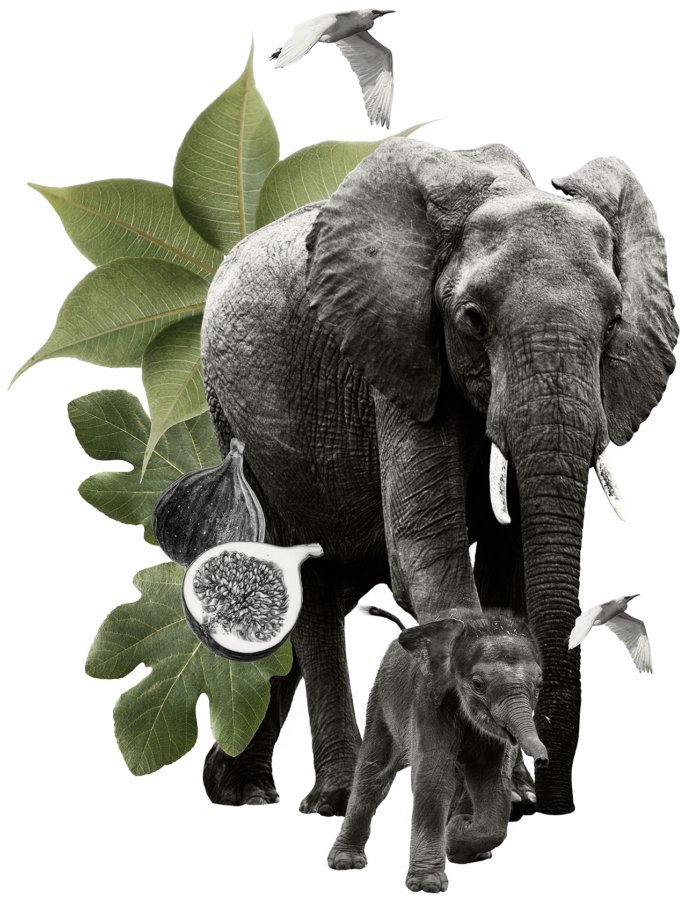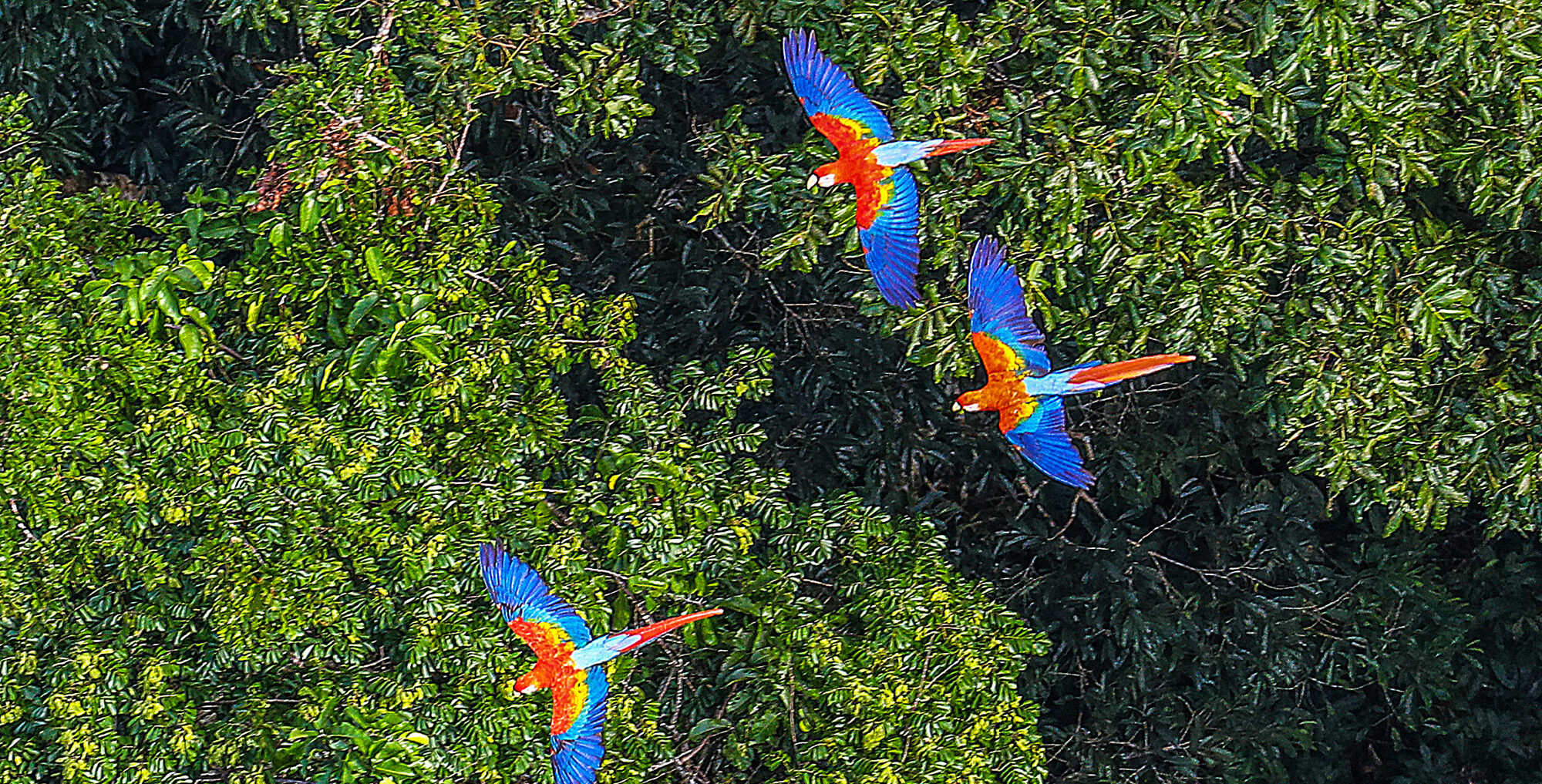
State of Nature Metrics
We need consensus on credible, practical metrics to measure the state of nature and help secure nature-positive outcomes
2020
Base
line
2030
Halt and
reverse
2050
Full
recovery
We are
losing nature
faster than ever…
Biodiversity loss and a negative environmental impact have disastrous consequences for global economic stability, human well-being and climate change.
The negative impact of business on the environment must be urgently addressed. That’s why countries agreed the Nature Positive Global Goal, a global, societal goal to mobilize the necessary action to halt and reverse rapidly escalating nature loss by 2030.
Without alignment on how to measure nature-positive outcomes, we will not be able to gauge whether our efforts to reduce biodiversity loss and secure a nature-positive world are on track. Currently, there is no common approach to measure nature’s decline or recovery. Hundreds of different metrics are being used to measure the state of nature, making it challenging for businesses, financial institutions and other organizations to select the right minimum set of metrics to evaluate success from global to local scales.
That’s why the Nature Positive Initiative is building consensus on a universal set of metrics.
The newly aligned State of Nature Metrics are the product of months of engaging with more than 100 stakeholders to define a checklist of metrics that can provide the scale, diversity, credibility and completeness needed to give a sufficiently accurate picture of change in the state of nature. They take into account environmental impact measurements and existing metrics and aim to align in one clear set.
The Nature Positive Initiative has run a consultation for wide input to the State of Nature Metrics. This is now closed for input but provided a unique opportunity to build consensus on metrics that will help drive action and transparency and shape the future of reporting on nature.
Aligning State of Nature Metrics
There are currently more than 600 different sets of environmental metrics, from impact metrics to those that support biodiversity reporting to how to measure net gain in nature. It is a complex landscape, which is why the Nature Positive Initiative is working closely with its 27 core partners and the wider halo of members in the Nature Positive Forum to understand the need for and application of one clear set of metrics.
The project began in 2024, with support from The Biodiversity Consultancy and Ernst & Young (EY). Following the publication of the consultation brief and first draft set, a consultation was open for wide input. This provided a unique opportunity to build consensus on metrics that will help drive action and transparency and shape the future of reporting on nature.
After the consultation feedback was incorporated, the latest iteration of State of Nature Metrics was released, to be piloted and tested in 2025.
All documents are available below.
Key Documents
-
State of Nature Metrics: Ready for Testing
Published 18 January 2025
Read the latest update following our global multistakeholder consultation to build consensus.
-
Draft State of Nature Metrics for Piloting
Published 17 January 2025
Revised framework and narrative for terrestrial State of Nature Metrics, now moving to the piloting phase.
-
2025 Piloting Frequently Asked Questions
Published 5 March 2025
Information on piloting for prospective organizations.
Archived Documents
-
Consultation Brief: Building Consensus on State of Nature Metrics to Drive Nature Positive Outcomes
Published 8 October 2024
Get Involved in the State of Nature Metrics process
- Join the Nature Positive Forum to deepen your support and dedication to uphold the definition of Nature Positive
- To inquire about taking part of the pilot programme of the State of Nature Metrics you must already be working with one of the 27 Nature Positive Initiative partner organisations. See here for more details.

